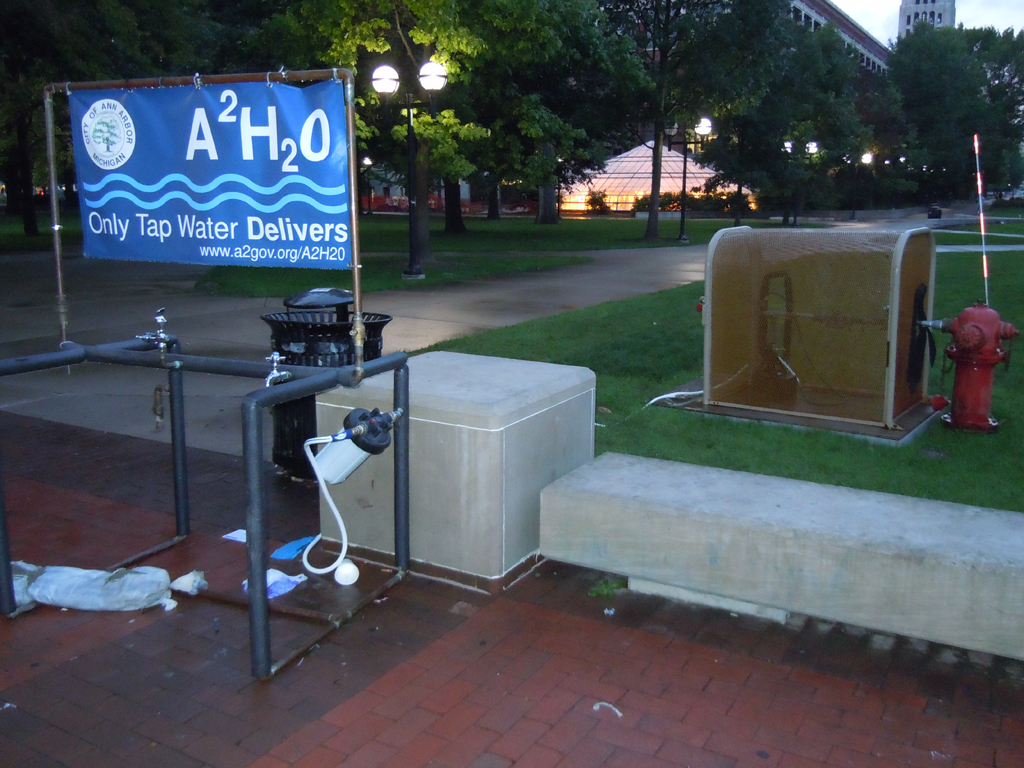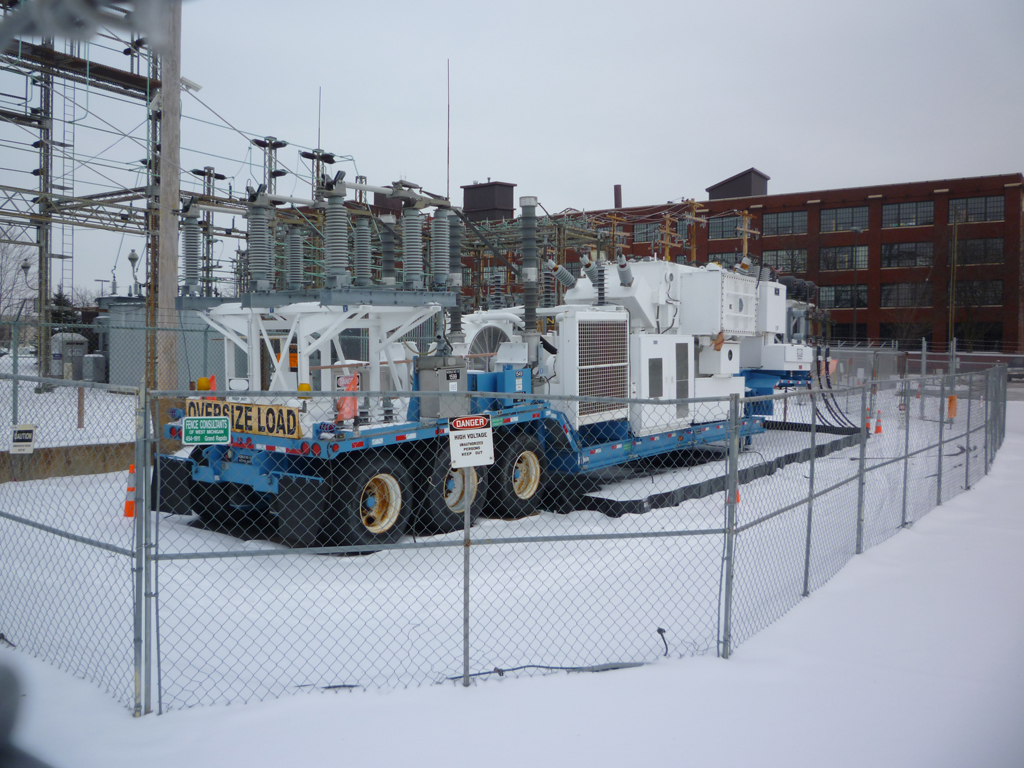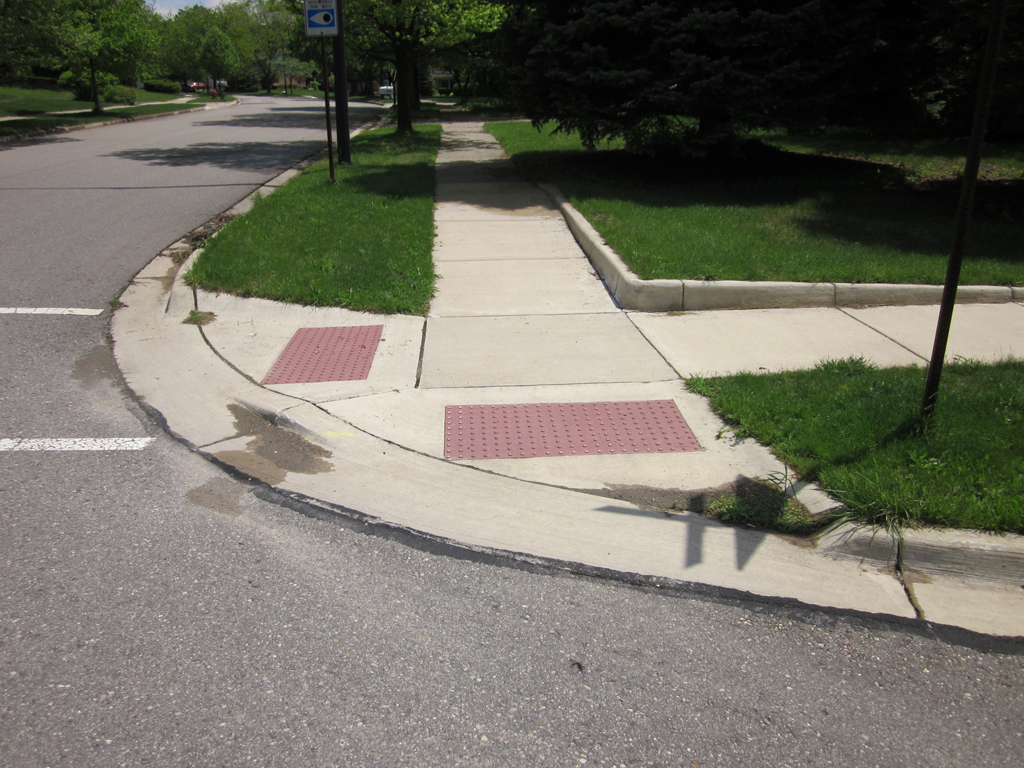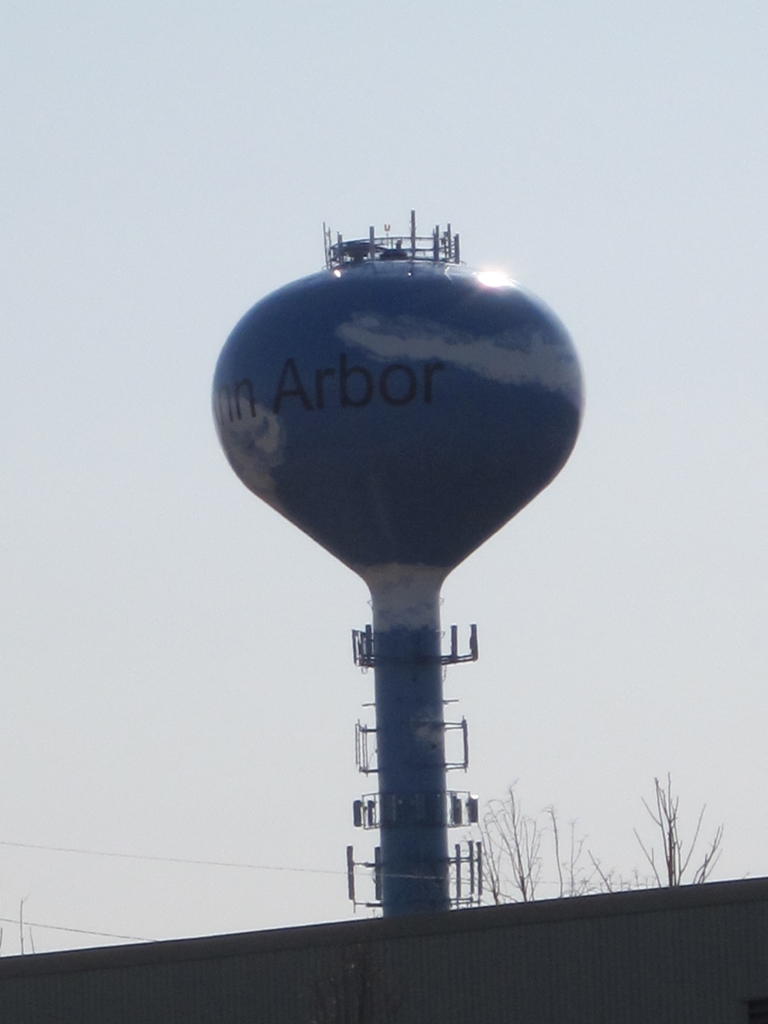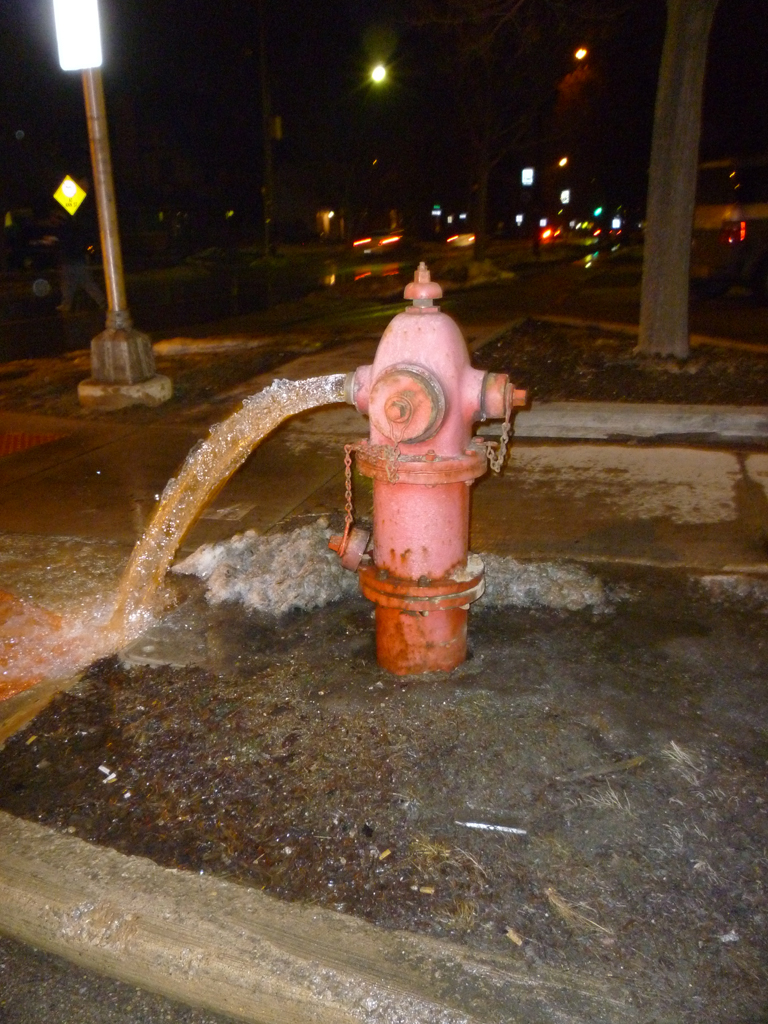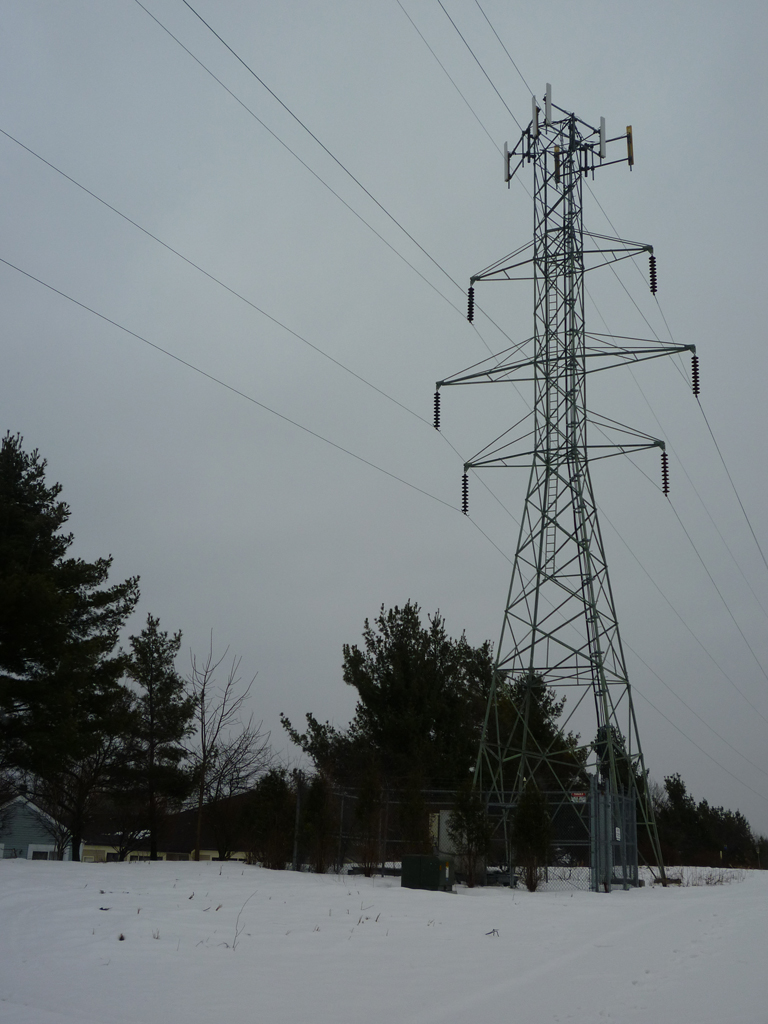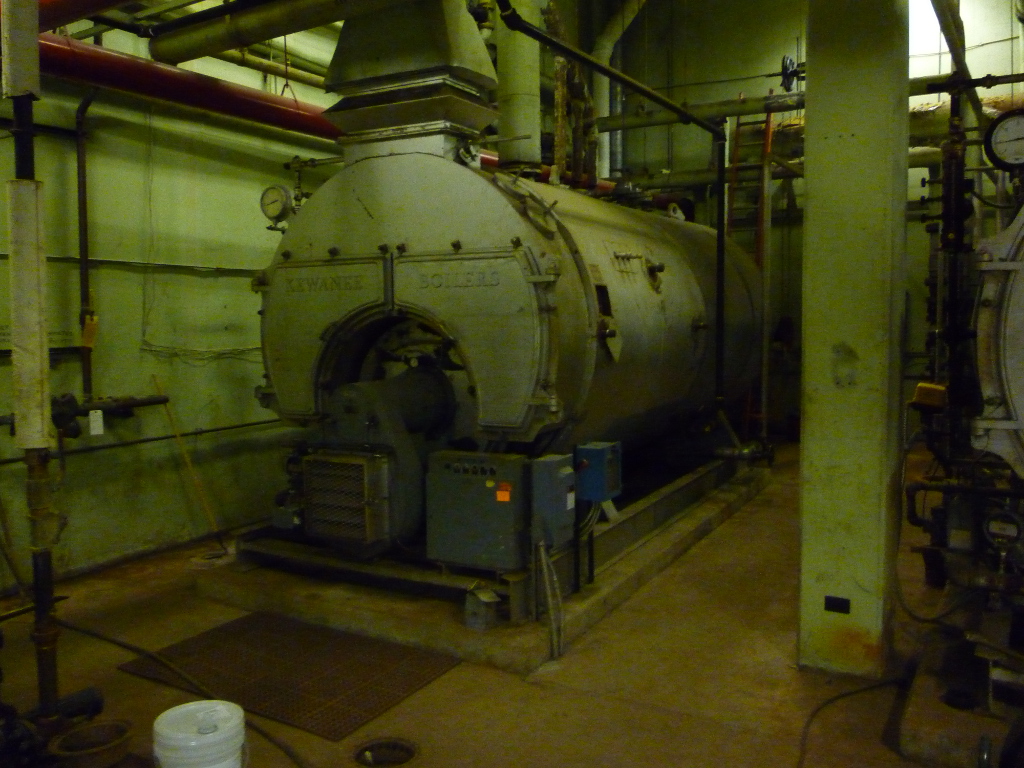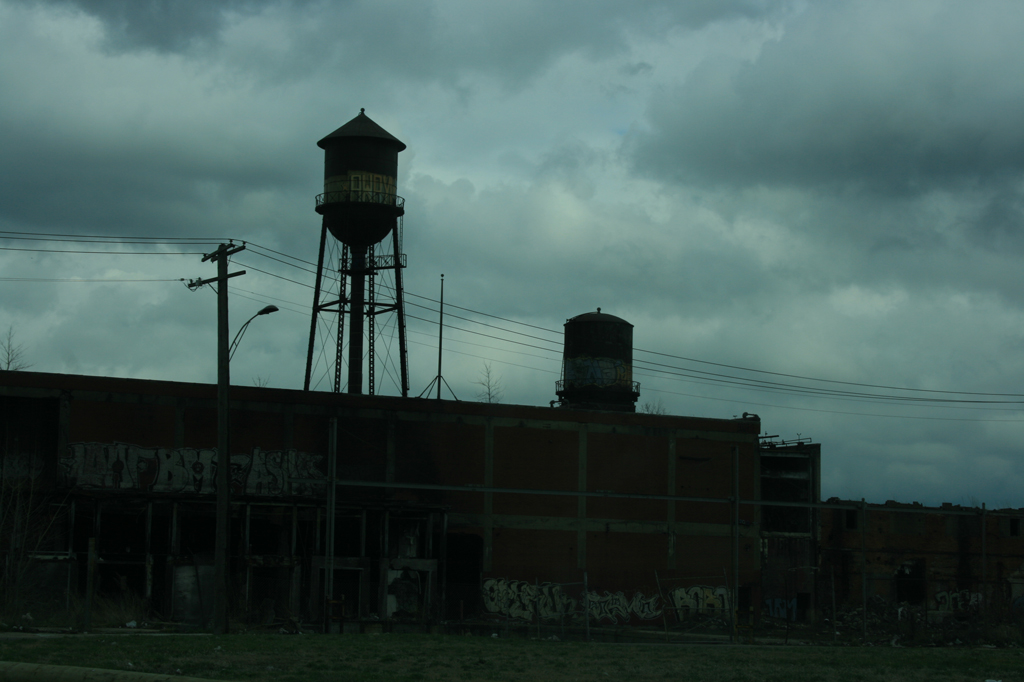
Photo Credit: Alex Mead
Seen here are two water towers on top of an abandoned factory in Detroit, Michigan. Water towers are used to input pressure, or head, into a water distribution system. Water towers are particularly good at this because water can be pumped up at an off demand time on the water distribution system and then retrieved by simply opening a valve when demand is high to ensure that water pressure in the system doesn’t fall too low. This is especially important for events such as fires where firemen draw large amounts of water from the system in a relatively short time. These water towers, however, were most likely used in a process involved in the factory, not for an entire city’s distribution system.
